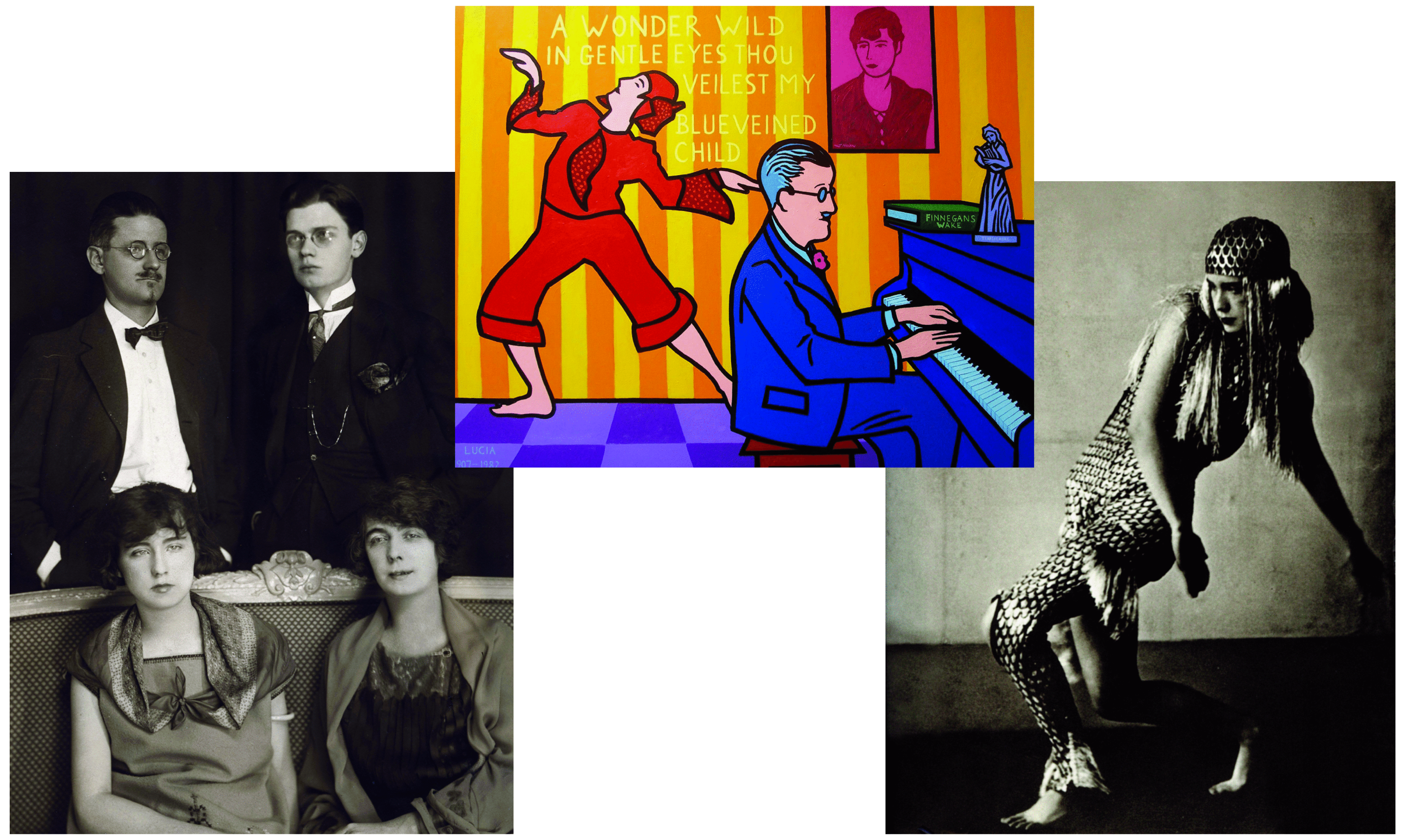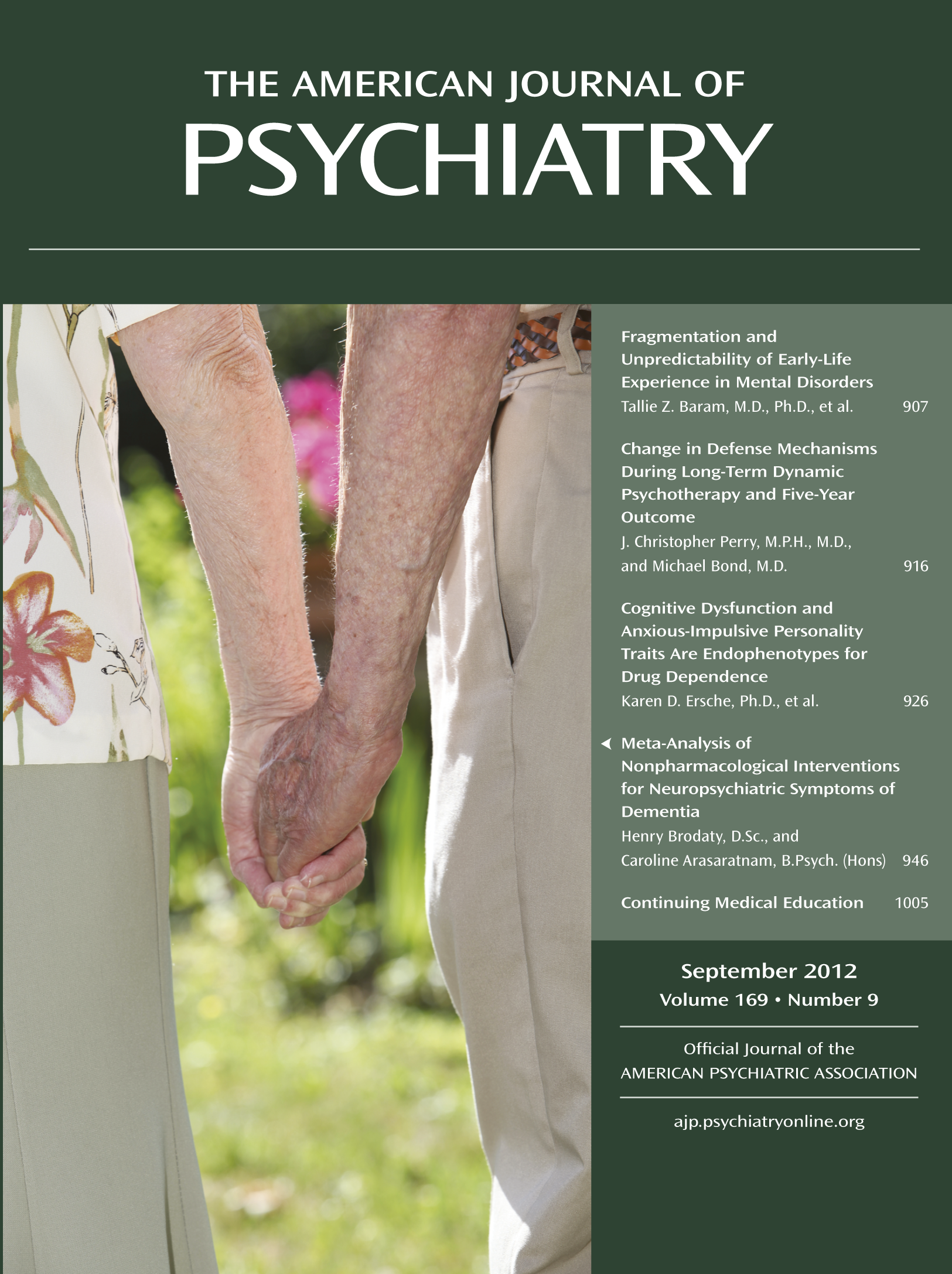Whatever spark or gift I possess has been transmitted to Lucia, and it has kindled a fire in her brain.
—James Joyce on Lucia
For several years, the campaign in Ireland to fight stigma associated with mental disorders had Lucia Joyce, daughter of James Joyce, as its mascot (
1,
2), and in 1997, “Lucia Week” was launched in order to raise awareness of schizophrenia. The initiative came to an end because of the economic crisis, but Lucia was a well-chosen symbol for such a campaign. She was born in Trieste, Italy, on July 26, 1907. From youth she demonstrated an artistic talent, and she pursued a career as a modern dancer (
3). However, she was also psychologically fragile. Her moody and irritable character succumbed to repeated emotional breakdowns, until she became overtly psychotic in 1930, while dating the young Samuel Beckett. After that, recurring episodes of psychotic breakdown coincided with events related to sexuality and family life, such as her parents’ marriage (summer 1931), her own official engagement (in 1932), and her father’s birthday (on Feb. 2, 1932, and Feb. 2, 1934).
Lucia had always had a morbid attachment to her father, who did everything he could to have her cured, even if he often rejected the psychiatric diagnoses provided by the clinicians who were consulted.
Lucia’s father always treated her with understanding, care, and affection, and in
Finnegans Wake he alluded to the fragile and poetic soul of the daughter as “Nuvoluccia in her lightdress,” a tender image that blends together an Italian diminutive, “little cloud” (“nuvoletta”), and assonance with “Lucia.” He did not think she was crazy; rather, he considered her special, a “fantastic being,” with her own private language and a mind “as clear and as unsparing as the lightning” (
4).
In 1934, Carl Jung, who briefly treated Lucia, described father and daughter as “two people going to the bottom of a river, one falling and the other diving,” although he was reluctant to diagnose her fully. Such intuition that Lucia’s suffering reflected a similar latent disposition in her father was later echoed by Lacan, who suggested that Joyce’s writing was the supplementary cord that kept him from psychosis (
5).
After 1934, Lucia was admitted to the Burghölzli Psychiatric Clinic in Zurich, where she was finally diagnosed with schizophrenia. In 1935 she was admitted to an asylum in Ivry-sur-Seine, France, and in 1951 she was transferred to St. Andrew’s Hospital in Northampton, England, where Beckett sometimes visited her. She died there at the age of 75, in 1982. In an interview, Carl Jung called her Joyce’s “anima inspiratrix” (
6), explaining, “If you know anything of my Anima theory, Joyce and his daughter are a classical example of it. She was definitely his ʻfemme inspiratice,ʼ which explains his obstinate reluctance to have her certified” (
7).
Carol Shloss (
4) further explored this idea and suggested that Lucia was indeed her father’s muse for
Finnegans Wake. Notably, the novel has neither a truly narrative plot nor a conventional character construction, and it relies, rather, on sound, rhythm of language, and multilevel wordplay to convey the essence of Joyce’s narrative style.


